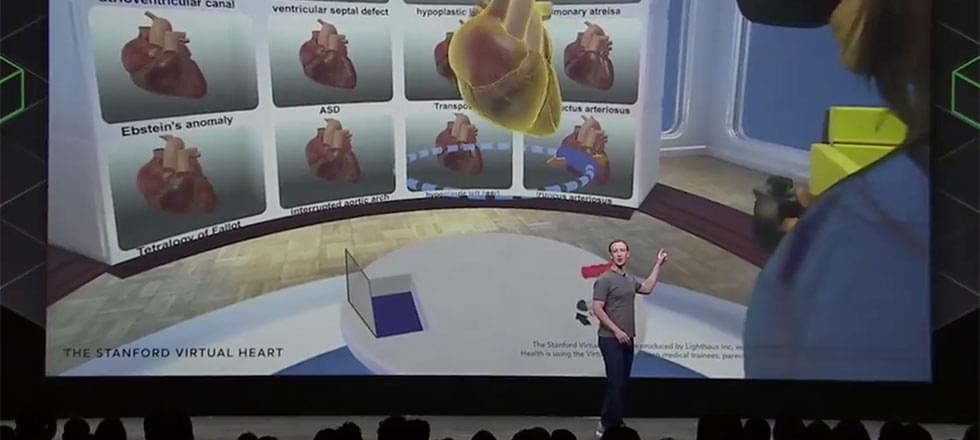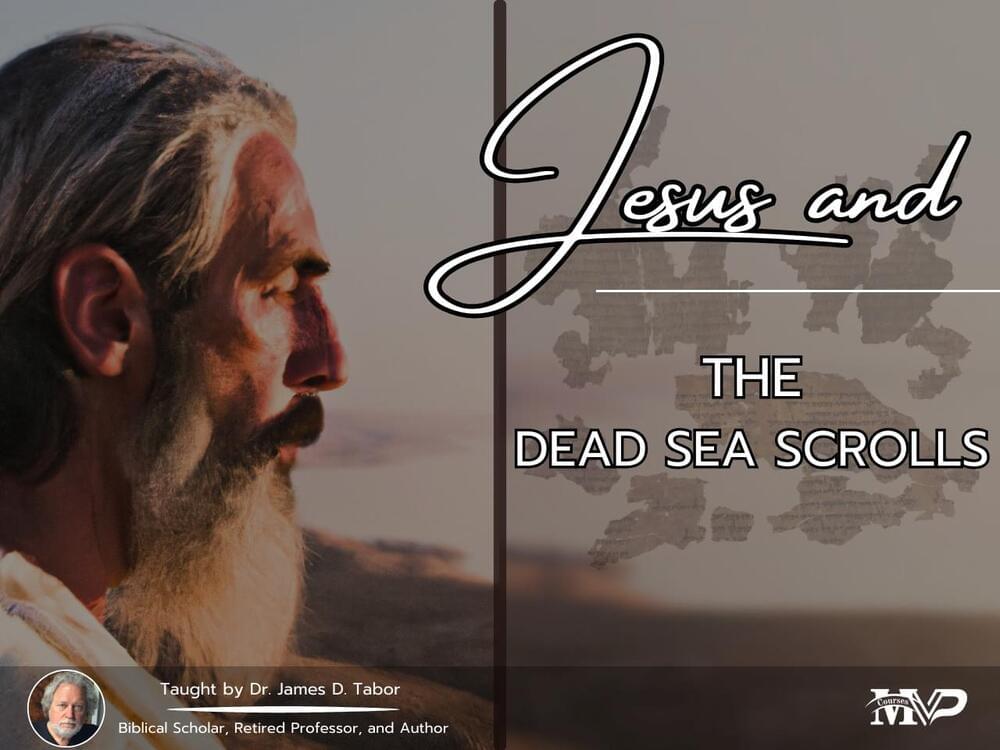During the month of September, Baylor College of Medicine will be partnering with the Blue Cure Foundation for its annual prostate cancer awareness campaign, Light It Blue. The Blue Cure Foundation is a non-profit organization dedicated to providing information on integrative approaches to prostate cancer prevention and treatment. During the campaign, the foundation works with local organizations to light up their buildings in blue lights in support of prostate cancer.
To help spread awareness and education, Dr. Jennifer Taylor, assistant professor of urology at Baylor, shares prostate cancer risk factors, symptoms and prevention guidelines.
Q: How important is it for an institution like Baylor to help generate awareness for prostate cancer? A: Prostate cancer touches lives every day, and it’s likely that everyone knows somebody who has survived or is suffering from it. It’s so highly prevalent, but there is a very wide spectrum of disease, so it’s important to spread accurate and informative facts about it.






